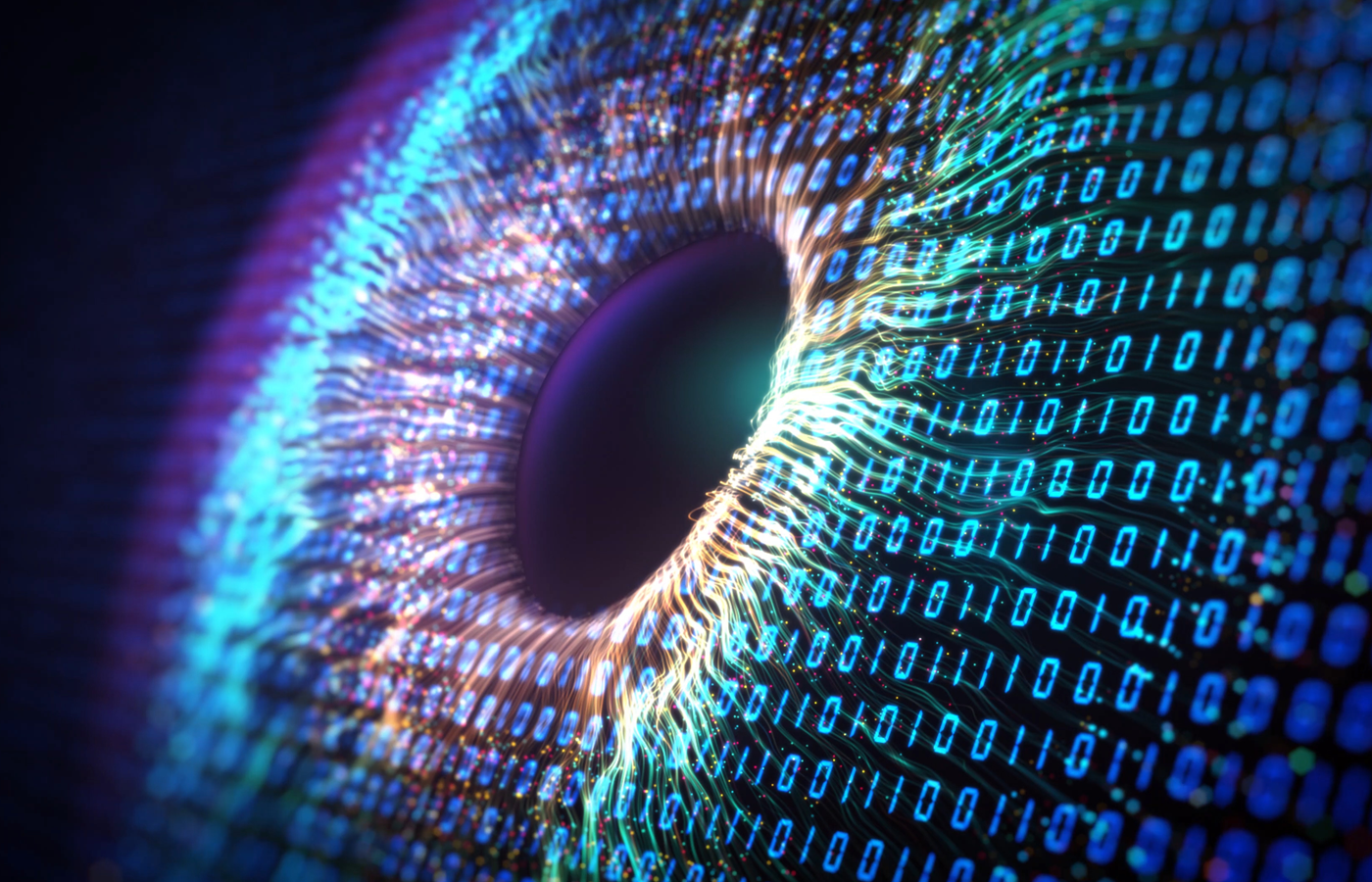Jobs
Ultimate Guide to Data Visualization Jobs

The need for skilled data professionals is growing as businesses rely more and more on data for decision-making, customer engagement, and operations, putting people with data visualization expertise in high demand. Data visualization jobs span a range of roles involved in presenting complex data in charts, graphs, infographics, and dashboards to tell stories or to make it easy for non-data professionals to understand its impact. Good data visualization turns data into information that can be acted upon by the right people in all areas of the enterprise.
From the skills required to get started in the field to the salaries you can expect to at different stages of a career, here’s what you need to know about jobs in data visualization in 2024.
Data Visualization Jobs Overview
Data visualization is part of the larger field of data analytics. Because it plays such an important role in business, the job outlook for data analytics is excellent. Acquiring the skills needed for a related career can be accomplished in a few different ways, including college or postgraduate degree programs, comprehensive data analytics courses, or specialized data visualization certifications.
Certifications do more than just expand your skills and knowledge—they can also demonstrate your skills to potential employers, or show your proficiency with a particular tool or area of expertise. Another way to showcase your skills to potential employers is to create and compile a portfolio of your work, which can be done through internships or personal projects if you’re just starting out.
Backgrounds in engineering, computer science, or content strategy are good foundations for careers in most data-centric fields, which require familiarity with programming languages, machine learning, database management, and knowledge of a wide range of tools and frameworks.
Skills Required for Data Visualization Jobs
While data visualization roles are primarily data-focused, they also require a wide range of communications expertise, storytelling techniques, and other practical knowledge. Here are the skills that are most in demand for the field:
- Technological Expertise: Familiarity with a wide range of commonly used computer programs, applications, and other related technologies, including Tableau, Power BI, and Excel.
- Programming Languages: A working knowledge of the languages commonly used for data applications, including R, Python, and SQL.
- Data Analytics: Knowing how to derive insights from data that can be transformed into charts, graphs, and other visual aids.
- Problem Solving: Being able to assess challenges and apply knowledge to overcome them.
- Interpersonal Skills: The ability to collaborate, communicate, and share knowledge and expertise with other coworkers, teams, and partners.
Data Visualization Salaries
Careers in data analytics and data visualization require ongoing skill-building, currency with new and emerging technologies and trends, and the ability to apply expertise to solve problems. Salaries will vary based on role, career level, company size, and geographic location. The following table shows the average salary range for common data visualization roles across a range of career maturity.
| Job Title | Level | Salary |
|---|---|---|
| Junior Data Visualization Specialist | Entry/Beginner | $75,900 to $82,500 |
| Data Visualization Specialist | Mid/Experienced | $73,260 to $135,000 |
| Senior Data Visualization Specialist | Expert | $98,500 to $181,300 |
| Data Visualization Manager | Lead/Managerial | $110,000 to $200,000 |
| Director of Data Visualization | Director | $144,000 to $253,000 |
Data Visualization Job Industries
Data visualization is widely used in many industries, including healthcare, retail, finance, and hospitality. Skilled data visualization specialists play an important role in interpreting intricate patterns and optimizing services to meet the needs of each industry.
Data Visualization in Healthcare
Data visualization is a key component in healthcare, as it can help provide clear insights into patient data. It can be used to simplify patients’ medical history and identify health, trends to help healthcare professionals pinpoint patterns that allow them to diagnose illnesses and create customized treatment methods. By combining complex algorithm analysis and visual analytics, data visualization can help predict future health-related events, leading to the prevention of disease outbreaks, the mitigation of chronic disease risk factors, and the reduction of patient-specific health emergencies.
Data Visualization in Retail
In the retail industry, data visualization can help optimize sales and inventory management by allowing merchants to identify patterns, analyze customer preferences, and manage inventory levels. Tools like heatmaps can help monitor eCommerce website traffic, while scatter plots and dashboards can be used to track customer behavior, allowing retailers to understand client journeys, evaluate purchase patterns, and tailor marketing campaigns. When it comes to logistics and inventory, data visualization can be used in the supply chain to assist with logistic planning, demand forecasting, and vendor management, allowing retailers to optimize user journeys, cut costs, and ensure on-time delivery.
Data Visualization in Finance
In finance, data visualization can help monitor investment portfolios, assess and evaluate risks, and identify financial trading opportunities in real time. Financial data visualization is used by financial analysts and specialists to identify patterns and connections that help them make smart trading and investment decisions. This allows them to respond to market changes and optimize investing plans for long-term success.
Data Visualization in Hospitality
The hospitality industry uses data visualization for occupancy and revenue management, allowing hotels and restaurants to optimize room occupancy, set pricing strategies, and boost revenue by displaying real-time occupancy rates, revenue per available room (RevPAR), and booking patterns on dashboards. It can also improve guest experiences by adding services based on insights from sentiment analysis, and can help with resource allocation and efficiency by managing staff schedules and food and hotel item inventory. VIsualization can also help identify energy use by analyzing peak hours and resource utilization data, leading to improved operation efficiency.
Top 3 Data Visualization Certification Courses To Consider
Among other skills, data visualization requires knowledge of data analytics, statistics, advanced math, and business intelligence. Certification courses can provide or expand your knowledge, add familiarity with specific tools to your repertoire, and signal to employers that you have vendor-specific expertise. Here are three data visualization certification courses we recommend:
UC Davis Data Visualization with Tableau Specialization
Coursera and the University of California, Davis Continuing and Professional Education partner for this five-course series in data visualization with Tableau targeted at beginners. Though participants can set their own pace, this online course generally takes about a month to complete. It includes a community forum for participants to interact with other students and alumni to broaden their knowledge and gain insights about course content and materials.
Google Share Data Through the Art of Visualization
One of six data analytics courses Google presents through Coursera, this one consists of four modules that teach data visualization and presentation skills to entry-level learners. This course is a part of the Google Data Analytics Professional certification, in which participants learn to use Tableau to create visuals and dashboards along with effective presentation principles and techniques for dealing with data restrictions. This certificate program prepares students for entry-level data analyst positions that require no previous experience.
IBM Data Visualization with Python
Data Visualization with Python is one of many courses and data analytics certifications IBM provides through Coursera. This one, offered to experienced data analysts and scientists, will help hone skills and knowledge and improve your ability to present data in a simplified manner. It consists of hands-on learning using Python libraries such as Matplotlib, Seaborn, Dash, Plotly, and Folium, and gives participants a complete understanding of how to use Python to present interactive dashboards.
Frequently Asked Questions (FAQs)
Is data visualization a good career?
Data specialists can earn good salaries, and the field is rapidly growing. Organizations are increasingly looking to hire data visualization specialists who can translate complex data into visually appealing insights to inform their data-driven business decisions. If you like working with data and storytelling appeals to you, data visualization could be a good career choice for you.
How do I become a data analyst with no experience?
If you have a bachelor’s degree in computer science, IT, statistics, or another related field, courses and certifications like those listed in this article can teach you data analysis and data visualization skills. An internship or personal project can also be a means of advancing your skills and creating a portfolio that shows your skills and knowledge.
Is data visualization hard to learn?
Learning data visualization entails learning core principles, mastering appropriate tools and programming languages, comprehending design aesthetics, and contextualizing knowledge in real-world situations. With focus and an intentional approach to training, the skills needed to begin a career in data visualization can be learned in a manageable amount of time.
Bottom Line: Telling Stories With Data Visualization
Data visualization helps organizations use data in the decision-making process by making it visually interesting and easier to comprehend, even for those without fluency in reading data. As businesses worldwide rely heavily on data for marketing, sales, and operational initiatives, talented data visualization specialists will continue to become more valuable to help translate complex data into usable insights. Learning the right skills, putting them into practice, and keeping current with relevant technologies can get you started in a career in data visualization that could lead to a rewarding role with a positive path for growth and advancement in a competitive market.
Interested in data visualization? Read our expert analysis of the trends driving the field in 2024 and beyond to learn how to prepare yourself for future success.









